The 1960s music scene was a kaleidoscope of cultural revolution, artistic innovation, and commercial opportunity. While bands like The Beatles, The Rolling Stones, and The Who established lasting legacies, many other talented groups experienced meteoric rises followed by equally dramatic falls. These one-hit wonders and brief sensations captured the airwaves and the public imagination, only to fade into obscurity almost as quickly as they had appeared. Their stories reflect the volatile nature of the music industry during this transformative decade—when changing tastes, internal conflicts, and the pressures of sudden fame could build and destroy careers in the span of a few short seasons.
1. The Beau Brummels

Emerging from San Francisco in 1964, The Beau Brummels scored immediate success with their British Invasion-inspired hit “Laugh, Laugh,” which reached #15 on the Billboard charts. Their follow-up single “Just a Little” climbed even higher to #8, establishing them as America’s answer to the British sound that was dominating radio. Their distinctive harmonies and folk-rock innovations positioned them as potential long-term hitmakers in the evolving music landscape. Classic Bands remembers this as the first nationally successful rock band out of the Bay Area.
The band’s promising trajectory was derailed by a perfect storm of misfortunes: their record label Autumn Records faced financial troubles, they lost two key members to military draft obligations, and management made the catastrophic decision to release an album of cover songs rather than original material. By 1966, the group had been sold to Warner Bros. Records, where they shifted to experimental country-rock that failed to find commercial success despite critical acclaim. Though they continued recording until 1968, they never again cracked the Top 40, becoming one of the first casualties of the rapidly evolving 1960s music scene.
2. ? and the Mysterians
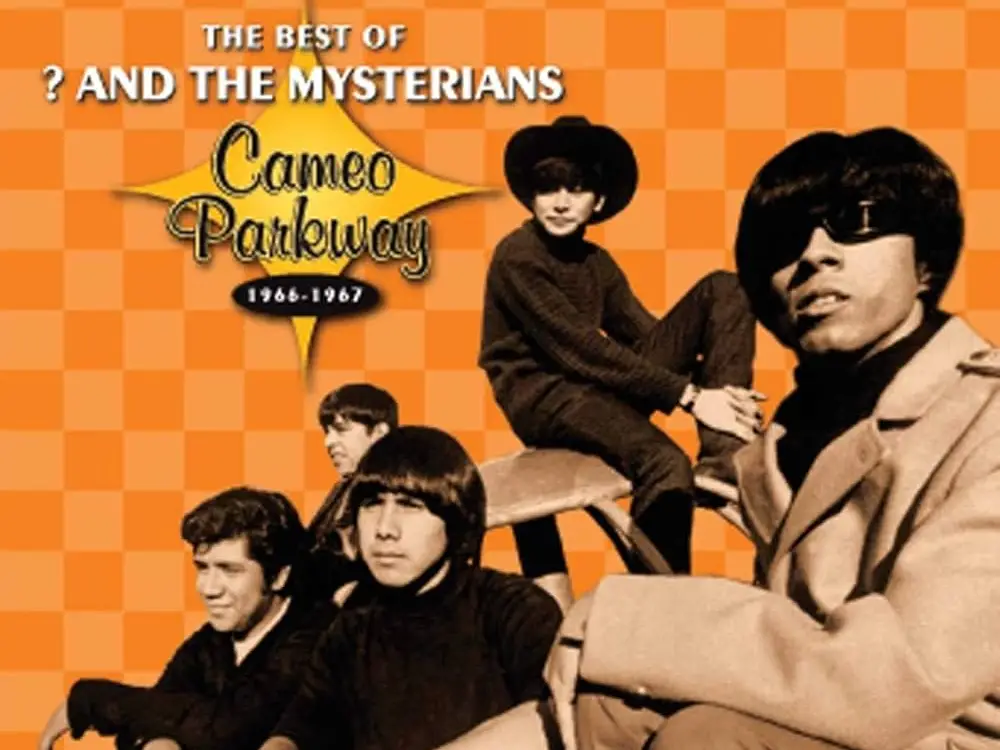
This Michigan-based group of Mexican-American musicians rocketed to fame in 1966 with their #1 hit “96 Tears,” a garage rock classic built around a distinctive Vox Continental organ riff. Lead singer Question Mark (who legally changed his name and claimed to be from Mars) brought theatrical flair to their performances, helping the band secure appearances on American Bandstand and other national TV shows. Their raw sound influenced countless garage and punk bands in subsequent decades. AllMusic dives into the talented team that made this band such a unique powerhouse of success.
Despite the massive success of “96 Tears,” the group struggled to produce another hit of equal impact, with follow-up singles charting progressively lower. Their label, Cameo-Parkway, collapsed in 1967, leaving the band without support just as psychedelic rock was transforming the music landscape. By 1968, the original lineup had dissolved, with Question Mark unsuccessfully attempting to maintain the band name with different musicians. Music historians note the band was caught between eras—too raw for pop radio but not psychedelic enough for the emerging underground scene—leaving them as one-hit wonders despite their significant musical influence.
3. The Strawberry Alarm Clock

This psychedelic rock band from Los Angeles achieved instant success with their 1967 #1 hit “Incense and Peppermints,” a perfect encapsulation of flower power psychedelia that remains a staple of 1960s compilations. Ironically, neither of the band’s lead singers performed vocals on their biggest hit—instead, a friend who happened to be in the studio was asked to sing when the producers didn’t like the band members’ vocal takes. Their follow-up single “Tomorrow” reached a respectable #23, suggesting potential staying power. If their work sounds familiar, IMDb has a rundown of some other names the band went through before landing on Strawberry Alarm Clock, which is definitely the best name for anything, band or not.
The band’s commercial decline came swiftly as they cycled through multiple lineup changes—at one point featuring future Lynyrd Skynyrd guitarist Ed King—and struggled with artistic direction. Their subsequent albums failed to produce hits, and by 1969, they were relegated to appearing in exploitation films like “Beyond the Valley of the Dolls.” Record company pressures to produce another hit like “Incense and Peppermints” led to creative compromises that alienated their core audience. By 1971, the group had disbanded, leaving behind just one massive hit that perfectly captured the psychedelic moment before disappearing into the haze of changing musical fashions.
4. The Left Banke
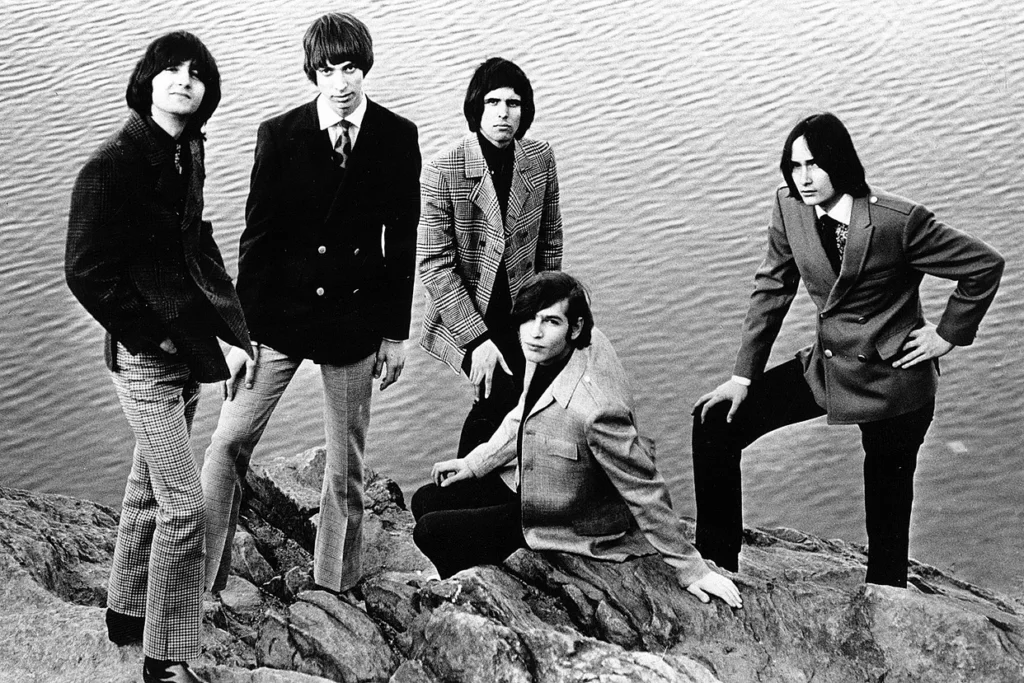
Pioneering what would later be termed “baroque pop,” The Left Banke created sophisticated pop songs incorporating classical elements, particularly on their 1966 hit “Walk Away Renée,” which reached #5 on the Billboard charts. Their follow-up “Pretty Ballerina” also cracked the Top 20, establishing the young band (the members were still teenagers) as innovators whose harpsichord-laced arrangements influenced bands from The Beatles to Belle and Sebastian decades later.
The group’s promising start unraveled due to internal conflicts, particularly between keyboardist/songwriter Michael Brown (who was only 16 when they began recording) and the rest of the band. Brown quit and rejoined multiple times, with legal disputes over the band name further complicating their career trajectory. Various fractured versions of the group released singles that failed to chart, and by 1969, The Left Banke had effectively ceased to exist. Music historians widely consider them pioneers whose artistic vision was sabotaged by personal conflicts and business mismanagement before they could fully realize their potential.
5. The Lemon Pipers

This Oxford, Ohio band became overnight sensations with their #1 hit “Green Tambourine” in February 1968, a perfect example of the bubblegum psychedelia that briefly dominated radio during that period. The song’s success was largely engineered by producers Jerry Kasenetz and Jeff Katz, who specialized in manufacturing commercial pop hits. While “Green Tambourine” topped the charts and sold over a million copies, few listeners realized the band had begun as a legitimate psychedelic rock group with considerably more musical ambition.
The conflict between the band’s artistic aspirations and their label’s commercial demands ultimately destroyed The Lemon Pipers in record time. While follow-up singles “Rice Is Nice” and “Jelly Jungle” reached the lower regions of the charts, the band increasingly rebelled against the bubblegum image forced upon them. Their albums contained strange juxtapositions of radio-friendly singles alongside extended psychedelic jams that confused both critics and fans. By late 1969, the group had disbanded in frustration, with members later describing how their moment of fame had become a creative prison from which they couldn’t escape.
6. The Electric Prunes
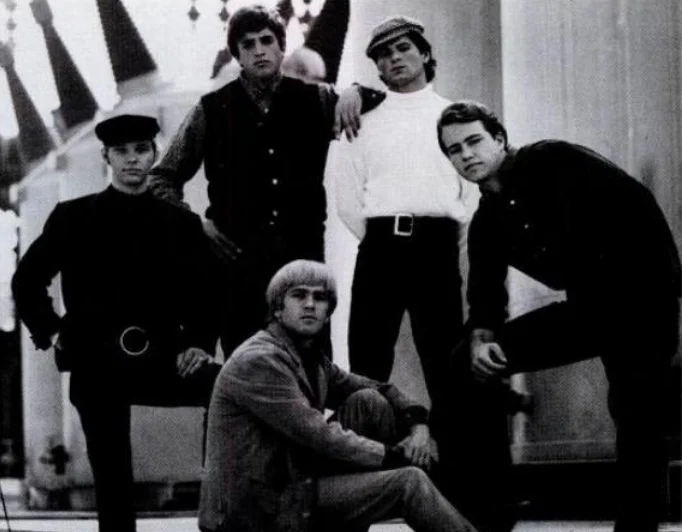
Best known for their 1966 hit “I Had Too Much to Dream (Last Night),” The Electric Prunes created a distinctive brand of psychedelic rock characterized by fuzzy guitars and innovative studio effects. The song reached #11 on the Billboard charts and later gained iconic status when it was featured as the opening track on the influential Nuggets compilation of garage rock classics. Their follow-up single “Get Me to the World on Time” also charted respectably, suggesting the potential for sustained success.
The band’s promising trajectory derailed when their record producer Dave Hassinger brought in outside songwriters and musicians for their ambitious third album “Mass in F Minor,” effectively reducing the original band members to session musicians in their own group. The complex arrangements proved difficult to reproduce live, leading to tour cancellations. By the time the band’s music appeared in the film “Easy Rider,” The Electric Prunes existed in name only, with none of the original members participating. Original band members discovered they didn’t even own their own name, effectively ending any chance of recapturing their initial success despite their significant influence on psychedelic music.
7. The Seeds
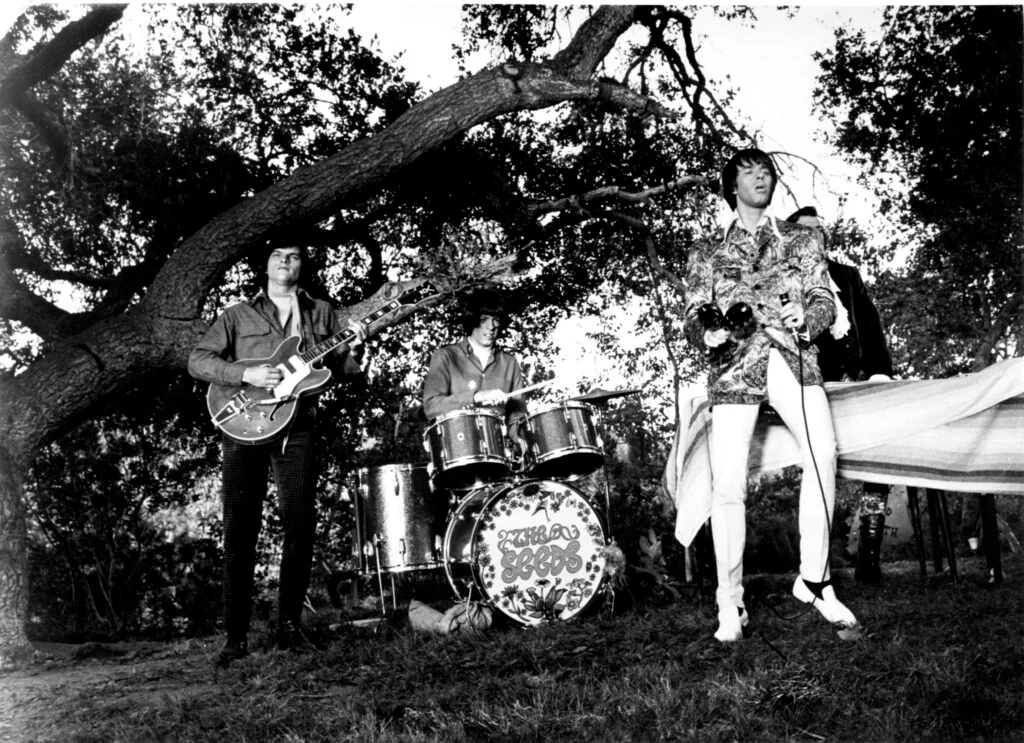
Led by the charismatic and eccentric Sky Saxon, The Seeds emerged from the Los Angeles garage rock scene with their 1966 hit “Pushin’ Too Hard,” which reached #36 nationally but was a much bigger hit in California. Their raw, minimalist sound featured distinctive organ riffs and Saxon’s snarling vocals, making them influential pioneers of what would later be called punk rock. Their follow-up singles “Can’t Seem to Make You Mine” and “Mr. Farmer” became regional hits and underground classics.
Despite their promising start and a dedicated following in California, The Seeds failed to break through nationally as psychedelic music evolved toward more complex arrangements that didn’t suit their primitive style. Saxon’s increasingly erratic behavior and mystical preoccupations led to musical choices that alienated their original fan base. By 1968, the original lineup had dissolved, with Saxon briefly fronting new versions of the band before joining the religious group Ya Ho Wha 13 and largely disappearing from the mainstream music scene. While hugely influential on punk and garage rock, The Seeds’ commercial moment lasted barely two years.
8. The Shadows of Knight
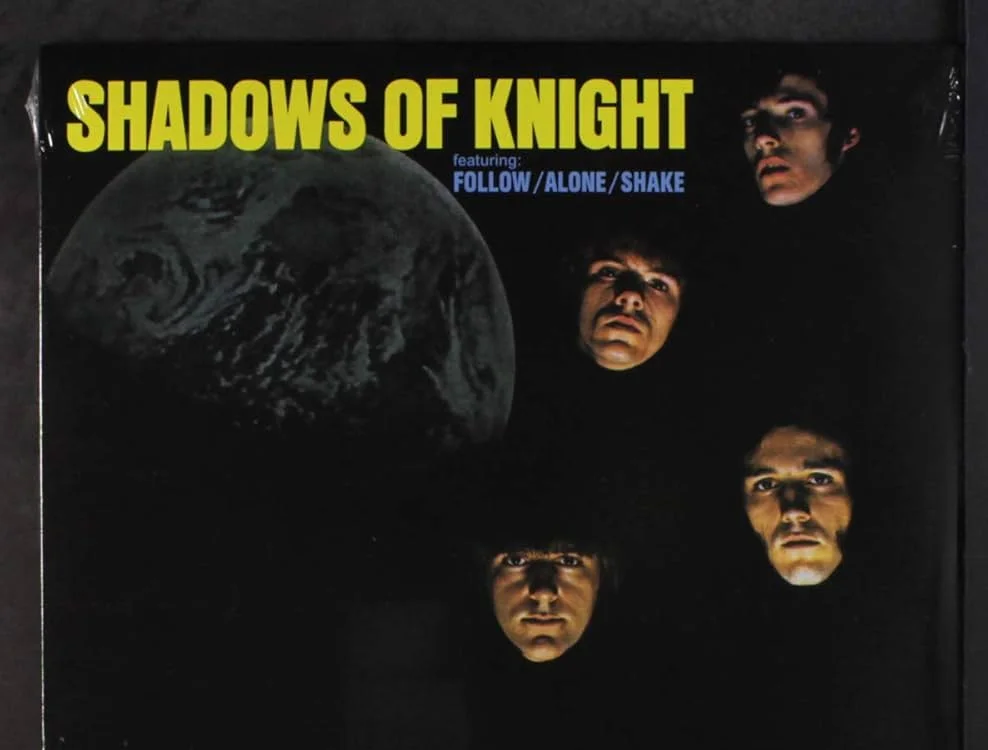
This Chicago-based garage rock band scored a major hit with their 1966 cover of Van Morrison’s “Gloria,” which reached #10 on the Billboard charts after Them’s original version had been largely ignored in America. The Shadows of Knight strategically removed some of the original’s sexual content to get radio play, creating one of the most recognized garage rock anthems of the era. Their gritty, blues-influenced sound established them as leaders of the Midwest garage rock scene.
Despite their initial success, the band struggled to produce another hit of equal impact, with subsequent singles charting progressively lower despite solid regional sales in the Midwest. Original members began leaving as early as 1967, leading to multiple lineup changes that diluted their distinctive sound. By 1968, only vocalist Jim Sohns remained from the hit-making lineup, and the group’s style had shifted toward heavier blues rock that failed to connect with changing audiences. While they continued in various forms into the 1970s, their moment of national prominence lasted less than a year, though their influence on American garage rock remains substantial.
9. The Troggs
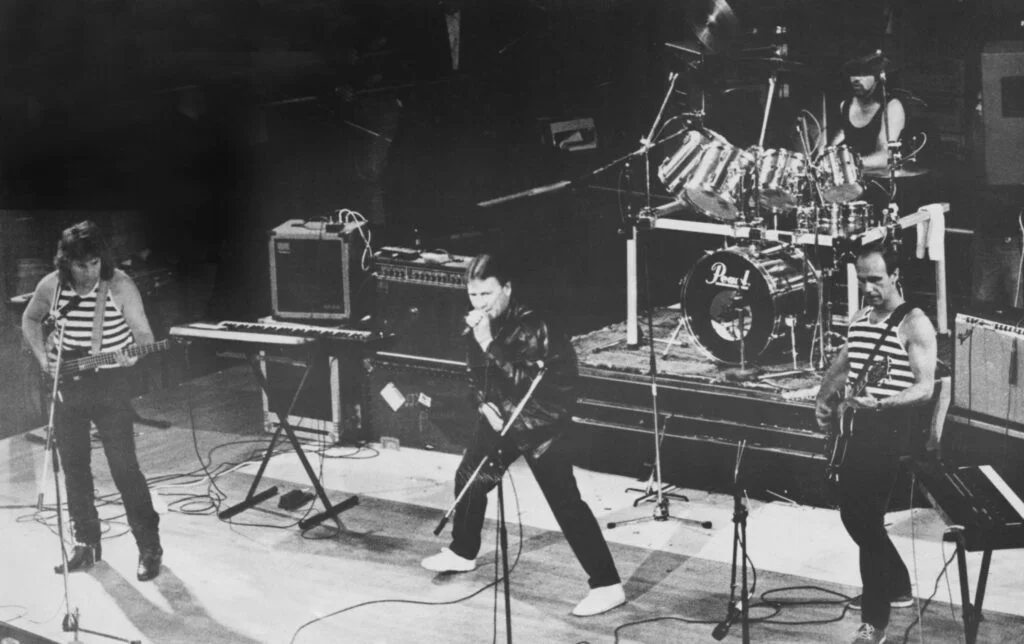
This British invasion band rocketed to international fame with their primal 1966 hit “Wild Thing,” which topped the American charts and became one of the decade’s most recognized songs. Their follow-up “With a Girl Like You” also reached #1 in the UK, while “Love Is All Around” became a Top 10 hit on both sides of the Atlantic, suggesting staying power beyond a one-hit wonder. The band’s raw, straightforward approach influenced countless garage and punk bands in subsequent decades.
Despite their strong start, The Troggs quickly faded from the American consciousness as music rapidly evolved toward psychedelia and progressive forms that made their straightforward approach seem outdated. Their subsequent releases performed progressively worse in the US market, though they maintained moderate success in the UK for several more years. A leaked recording of the band arguing profanely during a studio session (known as “The Troggs Tape”) became an underground sensation that overshadowed their later musical output. By 1970, they had effectively disappeared from the American music scene, though their influence on punk rock would be recognized years later.
10. The Human Beinz
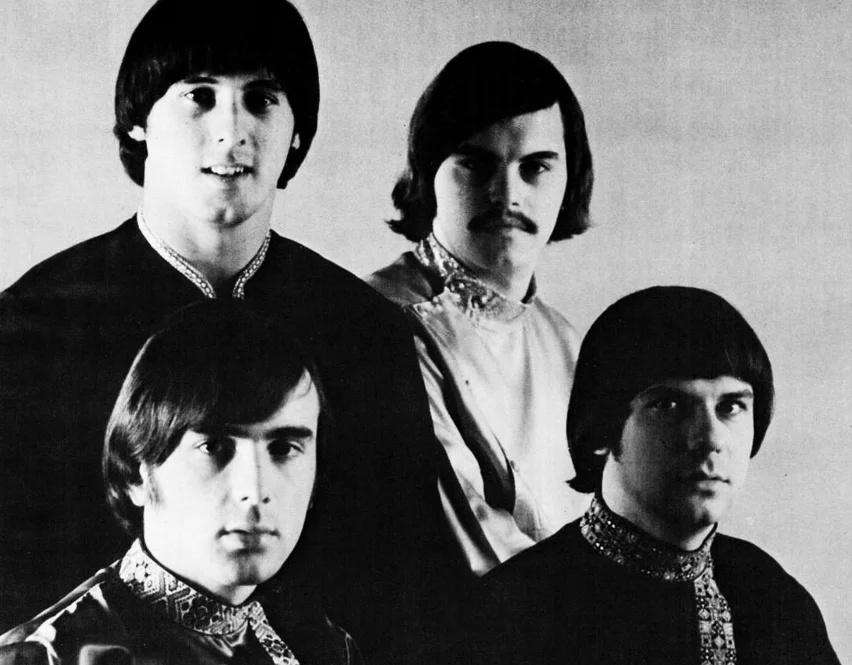
Originally formed as The Human Beingz, this Ohio band achieved sudden fame with their energetic 1967 cover of The Isley Brothers’ “Nobody But Me,” which reached #8 on the Billboard charts. A printer’s error on their record label dropped the “g” from their name, creating the spelling by which they would be known during their brief moment of fame. Their frenetic performance and the song’s famous repeated “no no no” refrain made it a garage rock classic that has been featured in numerous films and commercials decades later.
The band’s inability to produce a successful follow-up single quickly relegated them to one-hit wonder status in America, though they surprisingly developed a following in Japan, where they toured successfully. Their record label pushed them toward a more commercial sound that alienated fans of their raw early style, while the rapid evolution of rock toward heavier and more progressive forms left their sound seeming dated by 1969. The group disbanded that year after their attempt at producing heavier material failed to chart, making them a perfect example of a band that briefly captured the zeitgeist only to be quickly left behind by the rapidly evolving music scene.
11. The Music Explosion

This Ohio band epitomized the brief “bubblegum” pop movement with their 1967 hit “Little Bit O’ Soul,” which reached #2 on the Billboard charts and sold over a million copies. Produced by the hit-making team of Jerry Kasenetz and Jeff Katz (who also produced the Ohio Express and 1910 Fruitgum Company), the song’s infectious energy and catchy chorus made it a staple of 1960s radio. The band appeared on major television shows and briefly seemed positioned for continued chart success.
The band’s fame evaporated almost as quickly as it arrived, with follow-up singles failing to crack the Top 40 despite similar production approaches. As with many bubblegum pop acts of the era, The Music Explosion suffered from being perceived as a manufactured studio creation rather than an authentic band, limiting their appeal as the counterculture became increasingly dominant in 1968-69. By 1969, the group had disbanded, with members later revealing they had minimal creative input in their recordings and received little financial compensation despite their chart success, exemplifying the exploitative nature of the 1960s music business.
12. The Count Five
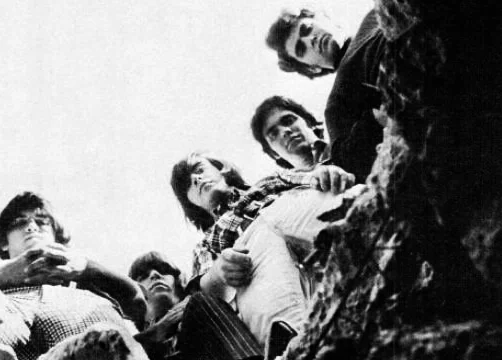
This San Jose garage rock band scored a surprise hit in 1966 with “Psychotic Reaction,” a high-energy track featuring a memorable fuzz guitar break that reached #5 on the Billboard charts. The song’s raw energy and distinctive “breakdown” section where the instruments drop out before returning at full force became hugely influential on garage and punk rock. The band members were still in high school when they recorded their signature hit, which came together when guitar player John Byrne combined a frantic Yardbirds-style rave-up with a term (“psychotic reaction”) that his health class teacher had used.
Despite their promising debut, The Count Five became the quintessential one-hit wonder when they prioritized college education over touring opportunities, effectively killing their career momentum at its peak. Their record label rushed out an album primarily consisting of covers to capitalize on their hit single, but without adequate promotion or touring support, it failed to chart successfully. By 1968, the band had completely disbanded to pursue college degrees, leaving behind just one hit that would later be recognized as a proto-punk classic and included on the influential Nuggets compilation that introduced garage rock to new generations.
13. The American Breed
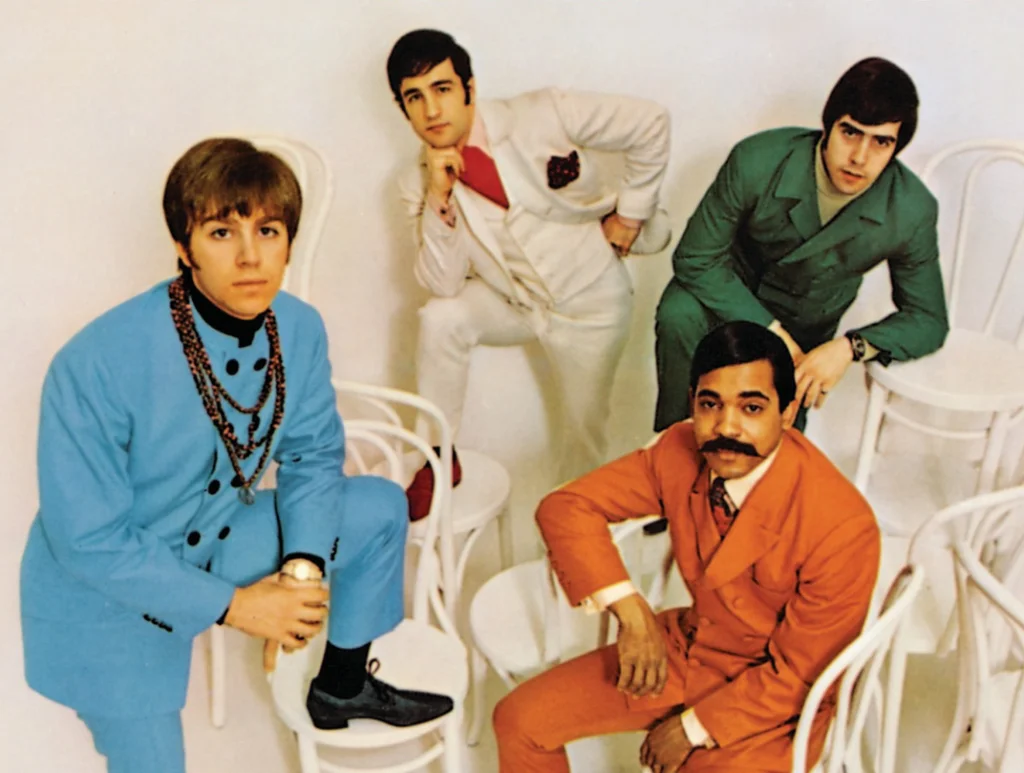
This Chicago-based band achieved national success with their 1968 hit “Bend Me, Shape Me,” which reached #5 on the Billboard charts and exemplified the polished pop-rock sound that briefly dominated radio before harder rock styles took over. The song featured distinctive brass arrangements that helped it stand out on increasingly diverse radio playlists. Their follow-up single “Step Out of Your Mind” reached a respectable #24, suggesting potential for continued chart presence.
The band’s momentum stalled when changing musical tastes and personnel changes disrupted their commercial formula. By late 1968, the original lineup had splintered, with members Gary Loizzo and Al Ciner taking the band in different musical directions that confused their audience. Most remarkably, drummer Lee Graziano and bassist Chuck Colbert left to form a new group called Ask Rufus, which eventually became the funk band Rufus featuring Chaka Khan—achieving far greater success than their original band ever did. The American Breed officially disbanded in 1969, barely a year after their biggest hit, becoming another casualty of the rapidly evolving musical landscape.
The brief careers of these 1960s shooting stars reveal how volatile and unforgiving the music industry could be during this transformative decade. Many factors contributed to their rapid descents: the accelerating pace of musical innovation that quickly rendered sounds obsolete, predatory business practices that left artists with little creative control, personal conflicts amplified by sudden fame, and the military draft that claimed band members at critical moments. While their time in the spotlight was short, many of these groups created songs that captured perfect moments of 1960s culture, earning them devoted listeners decades after their groups dissolved—proving that sometimes one perfect song can outlast even the most successful musical careers.


